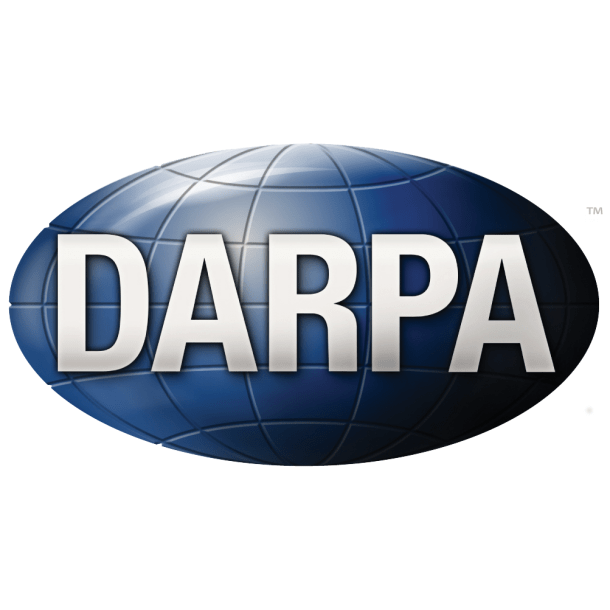DARPA announces ‘Underexplored Systems for Utility-Scale Quantum Computing Program’

(HSToday.us) DARPA has therefore announced the Underexplored Systems for Utility-Scale Quantum Computing (US2QC) program. US2QC aims to determine if an underexplored approach to quantum computing is capable of achieving utility-scale operation much faster than conventional predictions.
“DARPA’s mission is to create and prevent strategic surprise,” said Joe Altepeter, US2QC program manager in DARPA’s Defense Sciences Office. “If there’s an underexplored area of quantum computing showing promise for a faster breakthrough than we previously expected, we want to explore it immediately and thoroughly verify and validate the approach’s viability.”
An existing DARPA program, Quantum Benchmarking, is developing quantitative benchmarks on the software side to thoroughly assess potential applications where quantum computers could provide a meaningful improvement over classical computers for important problems. US2QC is a complementary hardware effort focused on verifying and validating system, component, and sub-system designs for a proposed fault-tolerant quantum computer.
“If a company or an organization thinks they can make a truly useful, really big, fault-tolerant quantum computer, we want to have a conversation with them,” Altepeter said. “We would like them to show us exactly why they’re convinced their machine is going to be revolutionary in the near future, and we want to work collaboratively with them, pay for additional experts to embed with their team, and help advance bold concepts that withstand rigorous testing.”
Because innovative approaches to building a quantum computer are extremely varied, US2QC is structured for maximum flexibility and will exclusively use tailorable Other Transaction agreements to fund proposals. The only common foundation for all proposals is Phase 0, in which proposers will quantitatively describe a complete utility-scale concept, including all components and sub-systems, projected performance capabilities against a variety of metrics, and anticipated technical risks and mitigation strategies.
Click here to see the solicitation at Sam.gov



















